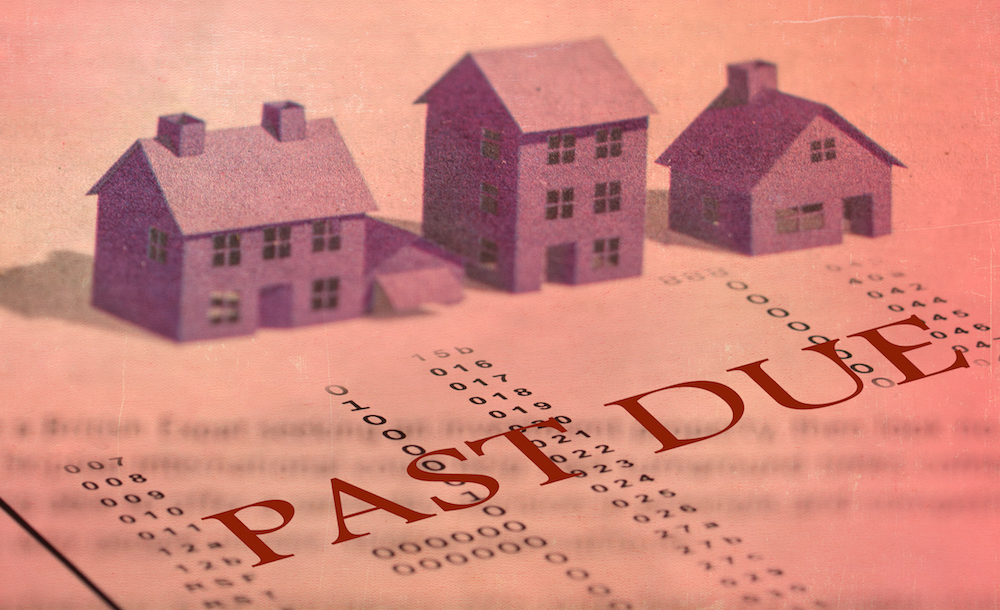Borrowers are going into default on their first mortgages less often than at nearly any point in the last 13 years, a new report from the S&P Dow Jones Indices and Experian showed.
The newest S&P/Experian Consumer Credit Default Indices, which is a comprehensive measure of changes in consumer credit defaults, showed that the default rate for first mortgages fell to 0.64% in May.
That’s down five basis points from April’s level of 0.69%. The default rate in May was also just one basis point above May 2016’s level of 0.63%, which was the lowest that figure had been since July 2004.
That means that May 2017’s default rate of 0.64% is the second lowest for any month in nearly 13 years.
While the first mortgage rate dropped to a near record low, the news wasn’t as good for another segment – bank cards.
Overall, the report showed that the composite default rate (which includes first mortgages, second mortgages, bank cards, and auto loans) dropped four basis points from last month to 0.86%, a five-month low.
But the report also showed that the bank card default rate increased 18 basis points from April to 3.53%, which is a 48-month high.
The report also showed that auto loan defaults fell by five basis points from the previous month to 0.85%, while the second mortgage default rate increased slightly, climbing from 0.51% in April to 0.54% in May.
David Blitzer, the managing director and chairman of the Index Committee at S&P Dow Jones Indices, cited the differing interest rates between the segments as a potential driver in the divergent trends in default rates.
“Easy come, easy go: bank cards where borrowing money requires simply swiping a credit card are experiencing rising defaults, while defaults on other kinds of consumer credit which depend on paperwork are flat or down. Default rates on bank cards are at the highest level since May 2013, four years ago. In the past, default rates began to climb around the same time the growth of bank card credit outstanding began to slow,” Blitzer said.
“The pictures of auto loans and mortgages are quite different. Default rates for auto loans have drifted down in the last four months. At the beginning of the year there were reports of a sub-prime crisis in auto loans; these concerns seem to be behind us,” Blitzer continued.
“The default rate on first mortgage remains at 1%, lower than the pre-crisis period. Rising home prices and increases in the equity mortgage borrowers have in their home are helping lower default rates,” Blitzer concluded. “One factor in the difference between rising bank card defaults and stable defaults on mortgages and autos may be the difference in interest rates: about 4% on mortgages and 4.4% on auto loans, compared to 12%-18% on bank card loans.”







